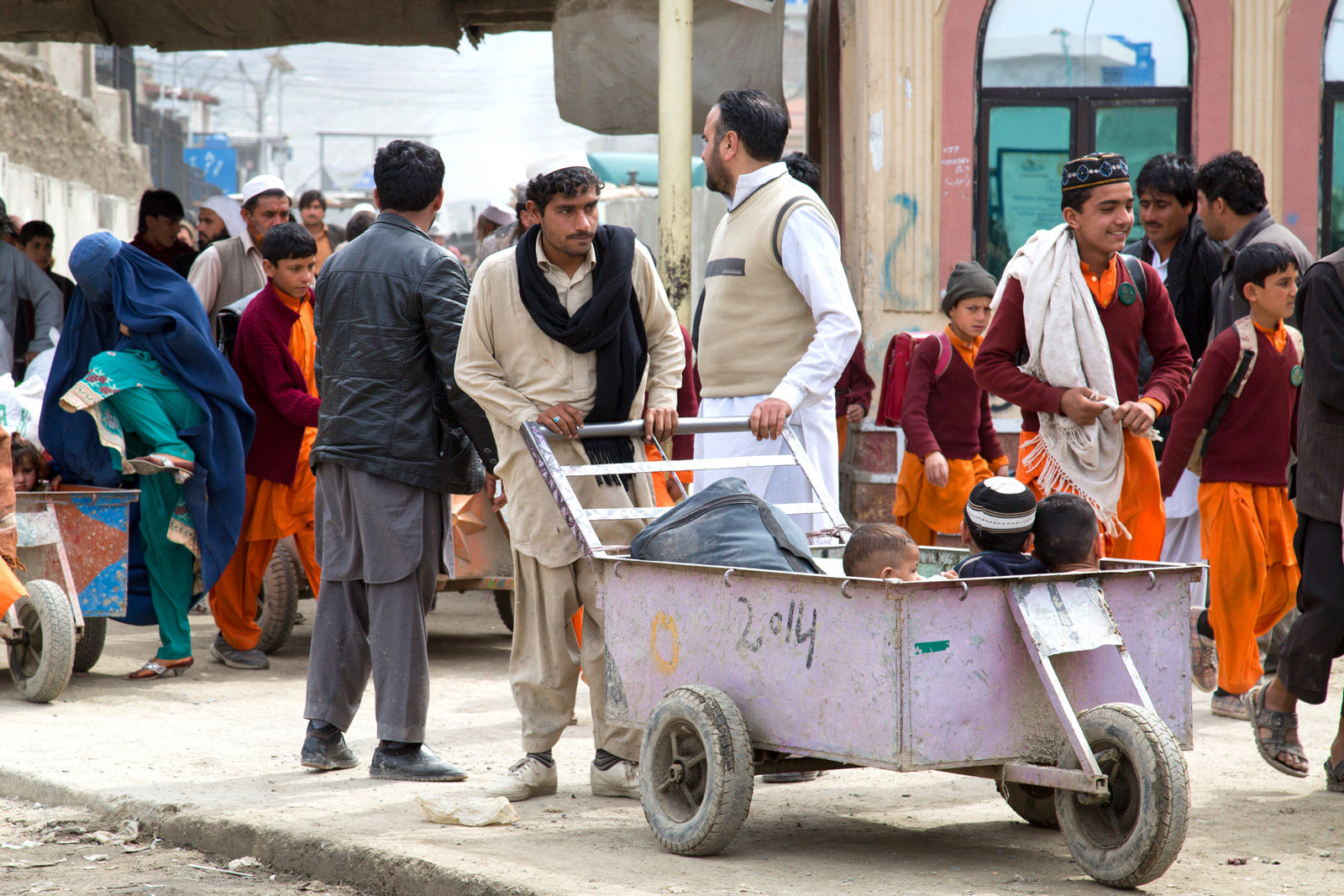
By Matthew Graydon
IOM Afghanistan
The Torkham border between Afghanistan and Pakistan is chaotic, crowded and dusty, but it is a vital lifeline between the two countries. Nearly twelve thousand people cross the border every day, going to Pakistan to work, study, seek medical treatment or visit family. Lines of colorfully painted trucks bring goods from Pakistan and the rest of the world to landlocked Afghanistan, and carry Afghan pomegranates, nuts and other exports.
When I visited Torkham earlier this month, the daily flow of people and cars across the border looked much the same as it did when I visited last August. However, there has been a significant change at the border, one that is of growing concern.
In mid-December, the number of undocumented Afghans (non-refugees) returning from Pakistan began increasing dramatically. While there is no single cause or policy that can be pointed to that led to this change, it’s clear that the climate for Afghans living in Pakistan was affected by last year’s tragic attack on the school in Peshawar.

Thousands of Afghan families have decided to pack their belongings, close their businesses, take their children out of school and return to Afghanistan in the past three months. Returns through Torkham since the beginning of the year have been more than double the total number of returns in all of 2014.
Most of the returning families had been living in Pakistan for an average of 20 years, and they face considerable challenges reintegrating into a country that in some cases they barely know.
At “Zero Point”, the line where Pakistan becomes Afghanistan, we met a family of eleven that had just returned with everything they owned. “We’ve lived in Pakistan for decades,” the head of the family told us, with tears welling in his eyes. “We don’t know anyone in Afghanistan, and don’t know where we will go.”

The family’s story is like that of so many others. Another returnee, a 50-year-old man with seven children, told my colleagues that he moved to Pakistan 30 years ago to escape the Soviet-Afghan war. In January he had to sell his shop in Peshawar and uproot his family to return to his home province of Laghman, where he doesn’t know if he will be able to find work.
The IOM team at the border is working hard to deal with the surge in returns. Just down the road from the border, eligible families receive assistance at IOM’s Transit Center. The small facility, made up of a few canvas warehouses and prefabricated offices, offers basic health care, food, household items, overnight accommodation and onward transportation.

Last year, the Transit Center assisted a handful of families a week. Now, trucks and minibuses line the entrance every day, piled high with furniture, suitcases and other remnants of lives that were left behind in Pakistan. IOM staff are working hard to assist vulnerable families, but the difficult reality is that many will not receive assistance, as IOM’s resources have been stretched to the brink by the scale of the recent returns.
Even if more families receive assistance at the border, many questions remain about their reintegration into Afghan society. Many are returning to communities already having difficulty absorbing other returning and displaced families. Some can’t return to their home villages because of fighting.
Finding sustainable solutions for these returning families will require coordination between IOM and its partners in the Afghan and Pakistani governments, and continued support from the international community.